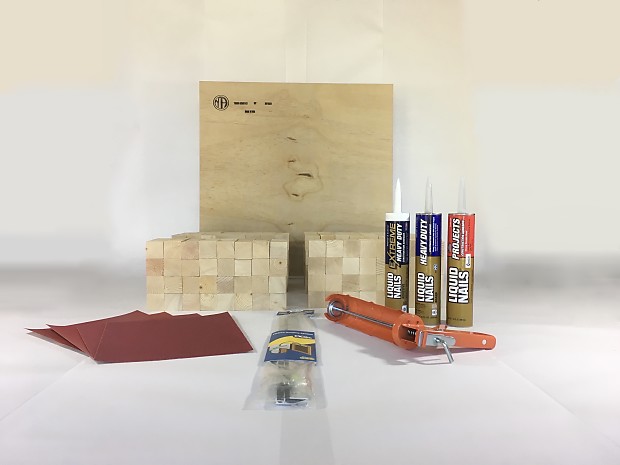The diffusers are beautiful at the start of the thread, but most are ineffective according to a calculator I found. With a depth of only 5 centimeters (2 inches), they are only effective from 3400 Hz and up. If we want the diffusers to be effective from 600 Hz and up, they must have a depth of 28 centimeters (11 inches).
This is the calculator I use: http://www.mh-audio.nl/Acoustics/DiffusorCalculator.asp
This is the calculator I use: http://www.mh-audio.nl/Acoustics/DiffusorCalculator.asp





